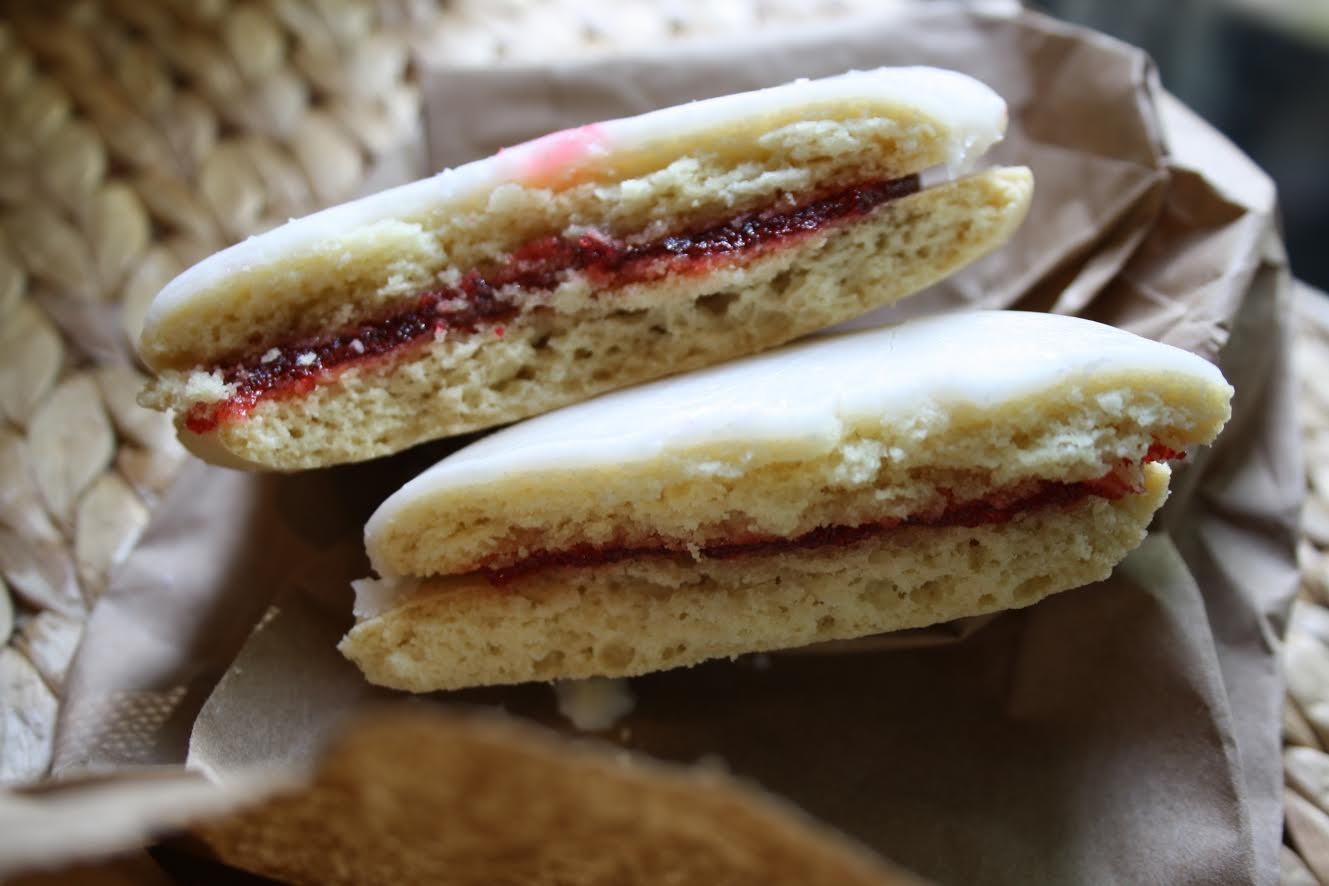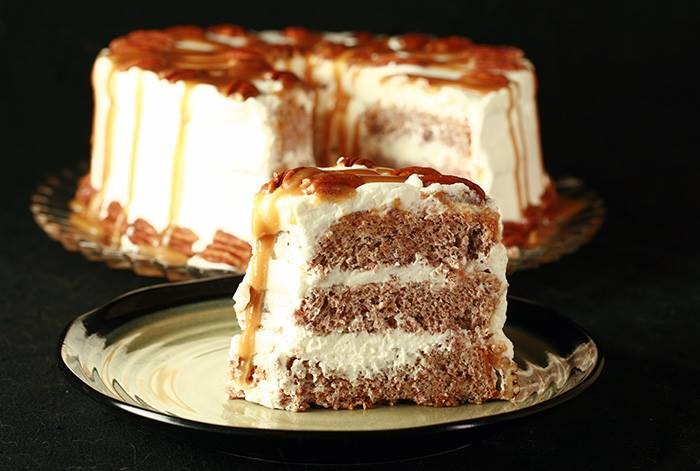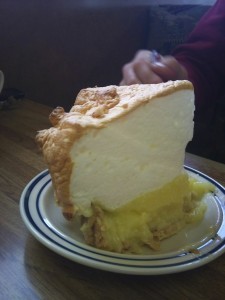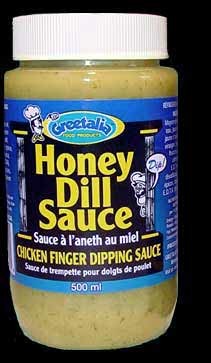Much thanks to Food Musings for the picture of Provencher Bridge.
Canada is turning 150 on July 1st, 2017 and in the spirit of celebrating her vast lands and cultures, Eat This Town will transform into Eat This Country for the next few weeks! I will be showcasing each province and territory’s unique contributions to our culinary landscape, with the help of fellow bloggers from all across Canada. Be sure to follow Eat This Town on Twitter, Facebook and Instagram – or follow by e-mail to never miss a post! Don’t forget to vote for your favourite food in the poll at the bottom of each weekly post!
Manitoba is the gateway to Western Canada, but the the province is actually situated at the very center of the country. There is even a sign on the Trans Canada Highway declaring the exact longitudinal center of Canada. From the train rider’s perspective, Manitoba is what happens when you leave the Canadian Shield and things start to get marshy.
Manitoba is considered a prairie province, but much of its interior filled with boreal forests and giant lakes. Meanwhile, in the north, you’ll find Churchill – the “Polar Bear Capital of the World“. Winnipeg (affectionately known as “Winterpeg”) is the provincial capital and one of the coldest cities in Canada (the world, actually) but ‘Peggers seem to take it as a matter of pride.
Manitoba is sort of an enigma, with characteristics from both the east and the west. There is the expected Ukrainian and First Nations influence common to the prairies but also a huge French community with Quebecois roots and traditions, not to mention the Métis descendants of the French Voyageurs. Louis Riel is the historic hometown hero and the Festival du Voyageur is Manitoba’s answer to Quebec’s Winter Carnival.
Manitoba has a unique cultural mix found nowhere else in Canada, with influences from English, French, Ukrainian, Jewish, Mennonite, Icelandic, First Nations, Métis, and more recently, Filipino.
Probably the most emblematic foods of Manitoba are perogies and kubasa sausage. I have omitted them from this list ONLY BECAUSE Manitoba has so many other unique foods that I wanted to showcase. I repeat: perogies and kubasa go without saying!
First two items by: Kathryne Grisim of Food Musings
 Kathryne Grisim curates Food Musings, the blog that celebrates life with food! The blog keeps track of Kathryne’s growing family, world travels and noteworthy meals whether at home in Winnipeg, at their beach house on Lake Winnipeg or their winter spot in Isla Mujeres, Mexico. Kathryne believes food = love!
Kathryne Grisim curates Food Musings, the blog that celebrates life with food! The blog keeps track of Kathryne’s growing family, world travels and noteworthy meals whether at home in Winnipeg, at their beach house on Lake Winnipeg or their winter spot in Isla Mujeres, Mexico. Kathryne believes food = love!
1. Imperial Cookies
“Our eldest daughter became catastrophically ill when she was five years old. We lived with her for three months at the Children’s Hospital here in Winnipeg. Every day was full of examinations, tests and therapy and seemed the same, day after day. One treat could make our day and distinguish one day from another. There was a shop run by volunteers and they imported super-sized Imperial Cookies from Gunn’s Bakery. They would bundle each one in plastic wrap as soon as they came on premise to ensure their optimum freshness. We would take our daughter off the ward in a wheelchair and always end our outing with Imperial Cookies from that shop. The cookie was deliciously soft and crumbly, elevated by a particularly good raspberry jam.
Years later when everyone was perfectly well, our son married the love of his life. They chose to serve cookies and milk instead of a traditional wedding cake and his choice were mini Imperial cookies. Amazing how a cookie could have such an impact on the life of a family.
The cookies are such a staple for Manitobans that you can purchase them at a number of local bakeries. Winnipeggers have their favourite versions from their favourite bakeries.”
2. Jeanne’s Cake
“Tomorrow is my birthday but my family and I celebrated it yesterday with a Jeanne’s cake. In fact, I have celebrated almost every birthday for decades with Jeanne’s cake. In particular, I love the banana log cakes because it means that shavings of dark chocolate are found on every piece. The cake is distinguished by those chocolate pieces and a number of other factors: the icing is not overly sweet, there are multiple layers with lots of icing between, and most unusually, there is a shortbread cookie base to every cake. Our family tradition is that whomever is celebrating a birthday gets to claim one end of the cake which has even more icing and crunchy chocolate. The best part though is when we order too big a cake and there are leftovers to eat for breakfast the week of a birthday.
Winnipeggers are crazy for this cake and when they move to other provinces they order cakes to be delivered by mail. I was once visiting a friend in beautiful White Rock, BC where she had clipped an ad from their community newspaper. The ad was directed to transplanted Manitobans and advertised being able to ship Gondola Pizza, Morden’s Chocolates, Winkler Farmer Sausage and Jeanne’s Cake to White Rock residents.”
3. Schmoo Torte
By: Marie Porter from Celebration Generation
 Marie Porter (a.k.a. Evil Cake Overlord) is an author, costumer, blogger, cake artist, tornado survivor and Manitoban ex-pat living in Minnesota. She is currently working on her new cookbook: More Than Poutine: Favourite Foods from My Home and Native Land
Marie Porter (a.k.a. Evil Cake Overlord) is an author, costumer, blogger, cake artist, tornado survivor and Manitoban ex-pat living in Minnesota. She is currently working on her new cookbook: More Than Poutine: Favourite Foods from My Home and Native Land
“Schmoo torte is very much a Winnipeg thing, though locals don’t tend to *know* how exclusively Winnipeg it is, til they move away!
Schmoo – or “Shmoo”, depending on who’s writing it – is a soft, pecan-laced angel food cake that is torted and filled with sweetened whipped cream, before being served up with a buttery caramel sauce.
This decadent cake is served at various bakeries and dessert restaurants around the city, and apparently it’s very common at Winnipeg Bar Mitzvahs- but you don’t really see it anywhere else.
While it’s not generally something that people tend to make at home, it’s not actually all that difficult to make. As a bonus, it’s not something that has much pressure to look pretty, either! Slather some whipped cream on, messily drizzle that caramel over it… it’s all good.”
Check out Marie’s recipe for gluten-free Schmoo Torte on Celebration Generation.
Did You Know? Winnipeg was crowned “Slurpee Capital of the World” for the 17th consecutive year in 2016. It is considered somewhat of a rite of passage to drink a Slurpee outside in -30 degree weather.
4. Smoked Goldeye
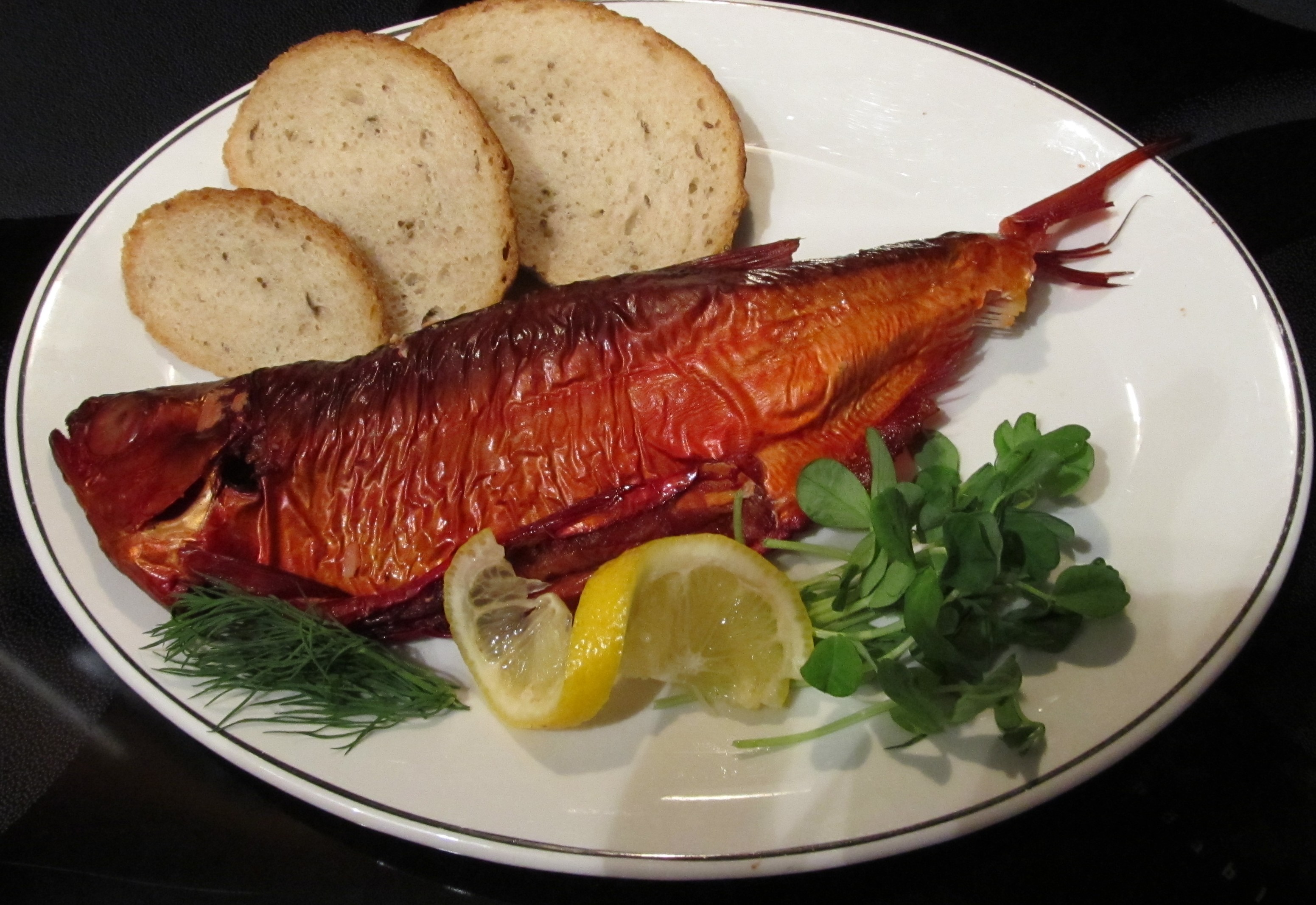 Photo Courtesy of the kitchenman
Photo Courtesy of the kitchenman
Goldeye is a freshwater fish native to the waters of Manitoba. It was traditionally smoked, along with whitefish, pickerel and tullibee, first by aboriginals and later by the settlers and traders who came to the region. Smoked goldeye became somewhat of a delicacy in the 1900s, but Lake Winnipeg’s fish stocks were in decline by the 30’s. The goldeye fishery has since relocated to nearby regions but all of the processing is still done in Winnipeg.
Traditionally the fish was smoked over willow branches, but today the fish are brined, dyed an orangey-red and smoked over oak. The Gimli Fish Market is a sure place to pick some up. Try it with some Winnipeg rye bread and Winnipeg-style cream cheese!
5. Winnipeg Rye Bread
 Photo Courtesy of Kub Bakery
Photo Courtesy of Kub Bakery
Winnipeg rye bread is a common feature in a “midnight lunch”. To understand this, you need to understand the “Winnipeg Social“. It’s a Manitoban thing – a fundraising party for a wedding, charity or community organization. Around midnight, when everybody is suitably boozed up, the midnight lunch is served. The so-called “social sandwich” is put together from a spread of kubasa and other cold cuts, pickles, mustard, cheese and rye bread.
Winnipeg rye bread actually isn’t rye bread at all. It is a white flour bread with the addition of cracked rye. Kub Bakery and City Bread are the two main suppliers.
Did You Know? Some products that hail from Manitoba include: Crown Royal Canadian Whiskey, Old Dutch Potato Chips, Pillsbury Pizza Pops and Red River Cereal.
6. Salisbury House “Nips”
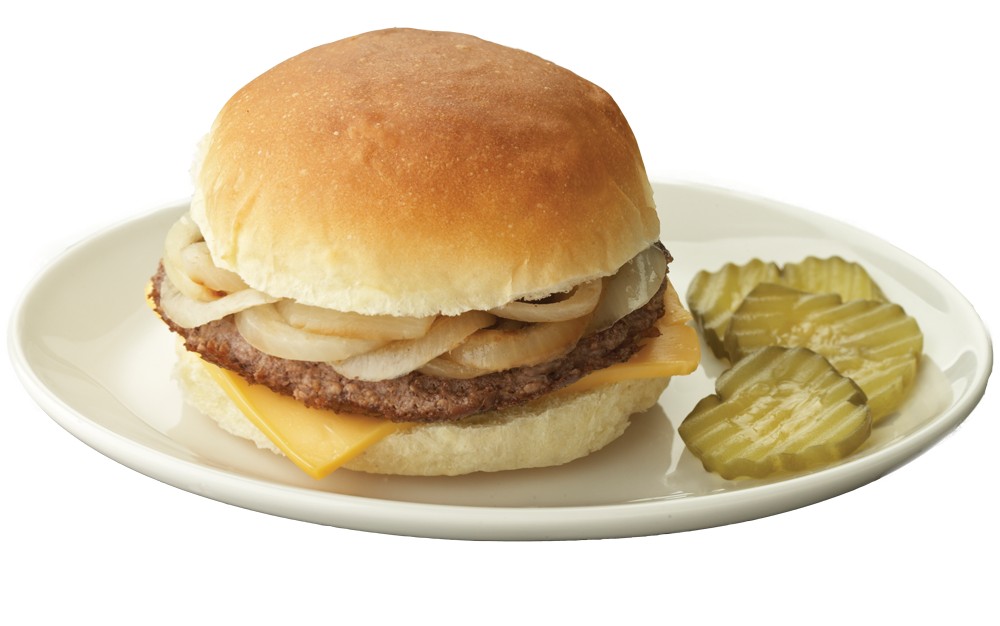 Photo Courtesy of Salisbury House
Photo Courtesy of Salisbury House
The Salisbury House (known by locals as “Sals”) has been a Winnipeg institution since 1931 when Ralph Erwin opened the first restaurant on Fort St. downtown. Hamburgers were just beginning to sweep across the nation, and Salisbury House claims to have introduced them to Winnipeg. Erwin didn’t like the name “hamburger” so he called his versian “Nips”, which was meant to indicate a “nip” or “bite” of the popular dish, Salisbury Steak. There are now 8 24hr family restaurants, and several other express and seasonal pop-ups, including a location at Blue Bombers games!
The original nip is 4oz of Manitoba beef in a fresh baked bun with fried onions. That’s a pretty basic burger, which is a good thing. But Sal’s has innovated its menu over the years and now offers 8oz gourmet nips like the “Nipoutine” with fries, cheese curds, bacon, fried onions and gravy. Yum!
You could say that Salisbury House puts the “nip” in Winnipeg! … yeah I did.
7. Fat Boys
 Photo by Denton Froese – read his post here.
Photo by Denton Froese – read his post here.
Manitoba loves its burgers. On the one hand you have Sal’s nips, and on the other hand you’ve got the Fat Boy which can be found at take-outs and drive-ins all over the province. This is a burger with Greek-style chili, dill pickles, onions, mustard, lettuce, tomato and a whole bunch of mayonnaise. If it sounds messy that’s because it is! The creamy mayo blends with the cinnamon-spiced meat sauce, while the pickle adds some acidic balance and the lettuce a refreshing crunch. The patties are thin, cooked to crispy on a flat top grill. The Fat Boy is an old school Greek street food extraordinaire.
Opinions are divided over who makes the best fat boy, but some of the popular spots are: VJs, Mrs. Mikes, Dairi-Wip, White Top, Daly’s, Blondie’s, The Burger Place, Juniors… the list goes on!
8. Flapper Pie
Flapper Pie is one of those elusive recipes from generations past. It is a tall meringue pie with a graham cracker crust and creamy custard, usually sprinkled with additional graham cracker crumbs. The The Salisbury House famously serves it as “wafer pie”.
Check out Karlynn Johnston’s recipe on The Kitchen Magpie – and her cookbook, Flapper Pie and a Blue Prairie Sky: A Modern Baker’s Guide to Old-Fashioned Desserts.
Did You Know? Winnipeg has the third largest Filipino population in Canada (after Toronto and Vancouver) but the largest by percentage (8.7%). By 2012 tagalog had displaced French as the second most spoken language in the city. Foods like lumpia and pancit are particularly popular in Winnipeg.
9. Farmer’s Sausage
 Farmer’s Sausage and Kiekle. Photo Courtesy of Mennonite Girls Can Cook
Farmer’s Sausage and Kiekle. Photo Courtesy of Mennonite Girls Can Cook
Manitoba saw a large influx of Mennonites in the 1870s and and a good chunk of the population today has Mennonite roots. German is the second most spoken language in the province and Winnipeg has one of the largest urban Mennonite populations in the world.
Mennonite cuisine is well represented with dishes like vareniki (Mennonite perogies), Kiekle (noodles with cream gravy), Rollkuchen (a flat crispy pastry typically eaten with watermelon), Pluma Moos (a sweet plum soup), roasted sunflower seeds (eaten during baseball games).
Perhaps the most well known Mennonite food in Manitoba is Farmer’s Sausage, a smoked raw pork sausage that is lean and modestly seasoned. It started gaining widespread popularity (outside of Mennonite families) in the 1980’s when it was first stocked on grocery shelves.
Pioneer Meat, Winkler Meats and Spenst Brothers are popular producers.
The sausage is traditionally served with noodles in a cream sauce, though Farmer’s Sausage Burgers have become common. Here are a few fun ways restaurants are serving farmer’s sausage:
MJ’s Kafe in Steinback specializes in Mennonite fare, with lots to sample.
The Don Restaurant in Winnipeg serves a Farmer’s Sausage Benedict.
McGee’s Family Restaurant in Carman serves a Mennonite Poutine (w/ Farmer’s Sausage & Cream Gravy).
Lovey’s BBQ in Winnipeg has a Farmer’s Sausage BBQ Platter with Southern fixin’s.
Gondola Pizza serves a Perogy Pizza topped with Farmer’s Sausage.
For further exploration, check out the Mennonite Heritage Village in Steinbach and Canadian food blog, Mennonite Girls Can Cook.
10. Honey Dill Sauce
Winnipeg’s obsession with honey dill sauce is all due to the late Peter Eng of Mitzi’s Chicken Finger Restaurant. He created the sauce by mistake, back in the 80’s, when trying to duplicate a dipping sauce he had enjoyed at a restaurant. His wife Shirley was impressed by his failed attempt, and they decided to start serving it with their famous chicken fingers.
There are only 3 ingredients: honey, mayonnaise and dill. The sauce caught on and eventually become the most popular dipping sauce in the city. Zorba’s Pizza at the Forks Market has been serving the sauce since 1989. Owner John Iliopoulos also owns Greetalia Foods which produces a honey dill sauce for grocery shelves. Despite the popularity of this sauce, it hasn’t gained much ground outside of Manitoba’s borders. I guess it’s an acquired taste!
Did you Know? Manitoba is home to the largest Icelandic population outside of Iceland, with about 26,000 people of Icelandic ancestry. New Iceland (in Gimli) was founded in the 1870s, after a quarter of Iceland’s population emigrated to escape economic and volcano-related hardships. An Icelandic dish that survives in Manitoba to this day (though nearly forgotten in Iceland) is vínarterta, a layered cake of cookie dough and a plum/prune jam spiced with cinnamon, cloves and cardamom.
Some foods I missed: perogies and kubasa (I know!) pickerel jerky, pickerel cheeks, whitefish caviar, borscht, cabbage rolls, bannock, wild rice, bison, Skinner’s Hot Dogs (the oldest hot dog purveyor in Canada), “dainties” (what Manitobans call dessert squares),

